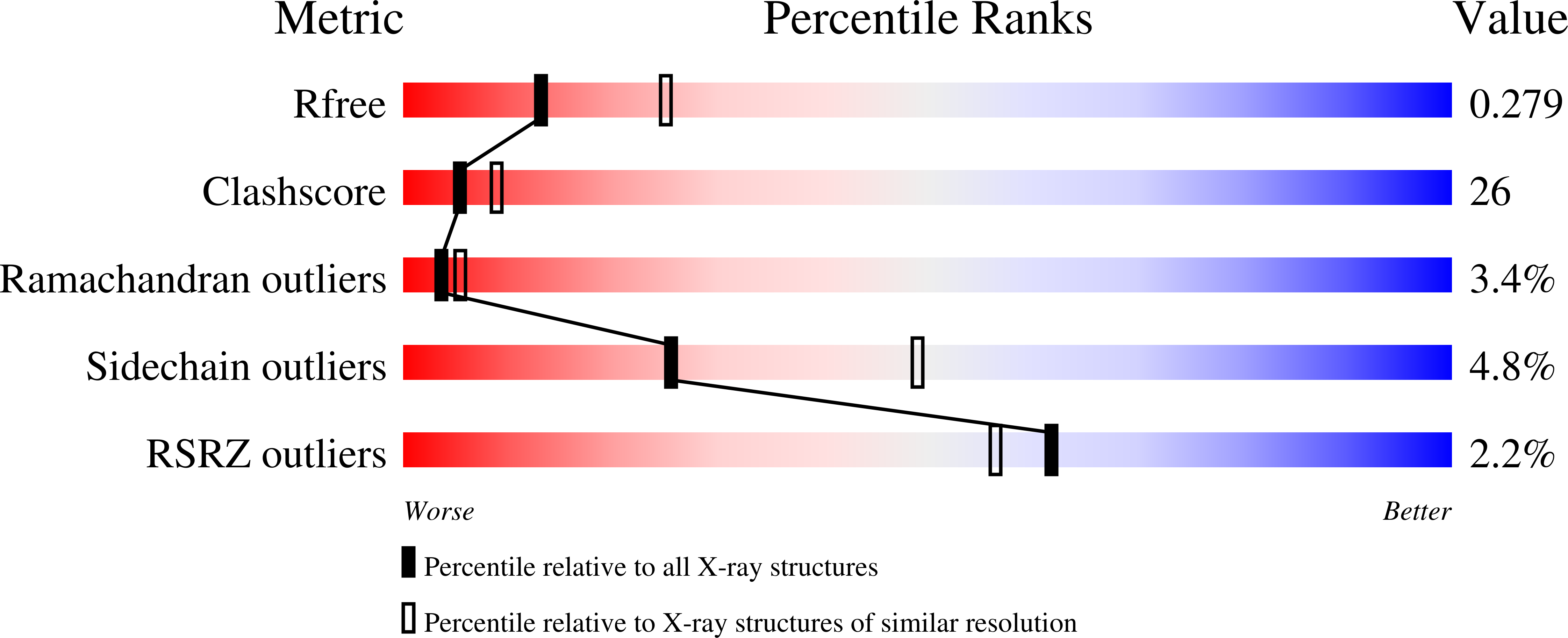
Deposition Date
2001-04-26
Release Date
2002-07-10
Last Version Date
2024-11-06
Entry Detail
PDB ID:
1IJK
Keywords:
Title:
The von Willebrand Factor mutant (I546V) A1 domain-botrocetin Complex
Biological Source:
Source Organism:
Homo sapiens (Taxon ID: 9606)
Bothrops jararaca (Taxon ID: 8724)
Bothrops jararaca (Taxon ID: 8724)
Host Organism:
Method Details:
Experimental Method:
Resolution:
2.60 Å
R-Value Free:
0.27
R-Value Work:
0.21
R-Value Observed:
0.21
Space Group:
P 1 21 1


